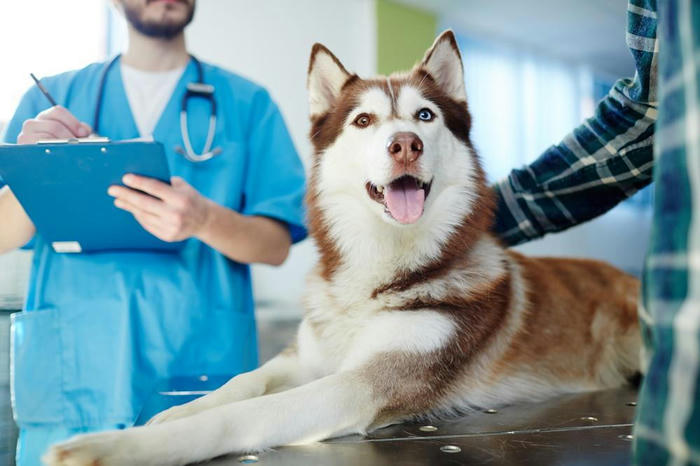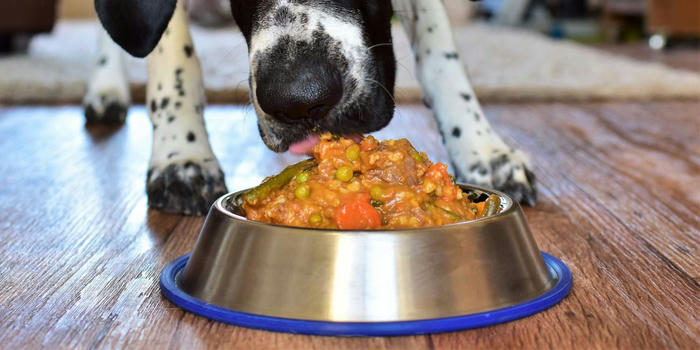10 Tips for Raising Dogs: Give Your Pet a Healthy Life at Low Cost
Dogs enrich lives with loyalty, joy, and companionship. Providing a healthy lifestyle for a pet doesn’t require lavish spending—strategic choices and resourcefulness can ensure their well-being while keeping costs manageable. Below are 10 practical, evidence-backed strategies to help owners balance quality care with affordability.

1. Prioritize Preventative Care
Preventative measures are the cornerstone of reducing long-term veterinary expenses. Annual checkups at low-cost clinics, often affiliated with shelters or nonprofits, can catch health issues early. Vaccinations, flea/tick prevention, and spaying/neutering are non-negotiable investments. For example, spaying a dog through a subsidized program typically costs $50–$150, compared to $300–$600 at private clinics.
2. Leverage Government and Community Programs
Many municipalities and organizations offer subsidized pet care services. In Austin, Texas, a city-sponsored initiative provides low-cost microchipping and vaccinations through mobile clinics. Maria, a local resident, utilized these services after losing her job, saving over $300 annually on routine care for her Labrador. Research regional programs via animal welfare websites or veterinary offices to identify similar opportunities.
3. Utilize Veterinary Loyalty Plans
Pet hospitals often offer wellness plans that bundle services like dental cleanings, bloodwork, and vaccines at discounted rates. Banfield Pet Hospital’s Optimum Wellness Plan, for instance, covers unlimited exams and discounts on procedures for $50–$70 monthly. Payment plans for emergencies, such as CareCredit, also ease financial strain during unexpected crises.

4. Choose Affordable, High-Quality Dog Food
Nutrition is critical, but premium brands aren’t always necessary. Costco’s Kirkland Signature Dog Food meets AAFCO standards and costs roughly $1.20 per pound—40% less than leading brands like Blue Buffalo. The Nguyen family in Oregon switched to Kirkland for their Golden Retriever after consulting their veterinarian, maintaining the dog’s health while cutting monthly food costs from $90 to $54.
5. Supplement with Nutritious Homemade Meals
Incorporate vet-approved human foods to enhance kibble or replace processed treats. Cooked lean meats (chicken, turkey), plain rice, and vegetables like carrots or green beans add variety and nutrients. Avoid toxic ingredients like onions, grapes, and chocolate. Jake, a Seattle college student, managed his Pitbull’s allergies by supplementing meals with a homemade mix of brown rice, boiled chicken, and frozen vegetables. Spending $15 weekly, he saw improvements in the dog’s skin and energy levels within two months.
6. Create DIY Enrichment Tools
Mental stimulation prevents boredom and destructive behavior. Repurpose household items into toys: stuff a hollow rubber ball with peanut butter, or layer old towels with kibble for a puzzle feeder. A study by the University of Bristol found that dogs given interactive toys exhibit 30% fewer anxiety-related behaviors.

7. Focus on Low-Cost Exercise
Physical activity is essential but need not be expensive. Daily walks, hiking trails, or backyard games like fetch provide ample exercise. Dog parks offer socialization opportunities at no extra cost. A 2022 survey by the American Kennel Club revealed that 85% of dogs with regular outdoor activity maintain healthier weights.
8. Master Basic Grooming and First Aid
Learning grooming skills reduces reliance on professional services. Bathing, nail trimming, and teeth brushing can be done at home with affordable tools. A basic pet first-aid kit—including gauze, antiseptic wipes, and a digital thermometer—costs under $30 and addresses minor injuries.
9. Train with Accessible Resources
Professional training classes can exceed $100 per session, but online tutorials offer comparable guidance. YouTube channels like Zak George’s Dog Training Revolution provide step-by-step obedience lessons. Public libraries may also loan training DVDs or host seminars with local experts.
10. Monitor Health Proactively
Track a dog’s weight, appetite, and behavior to catch issues early. Regular at-home checks for lumps, ear infections, or dental problems prevent costly treatments. For example, untreated dental disease can lead to $500–$1,000 in extractions, while daily brushing reduces plaque by 70%.
Conclusion
A dog’s health hinges on consistent care, not financial extravagance. By prioritizing prevention, tapping into community resources, and embracing cost-effective solutions—like Maria’s use of subsidized clinics or the Nguyen family’s budget-friendly diet—owners can ensure their pets thrive without overspending. Small, intentional choices build a foundation for a long, vibrant life alongside a beloved companion.
